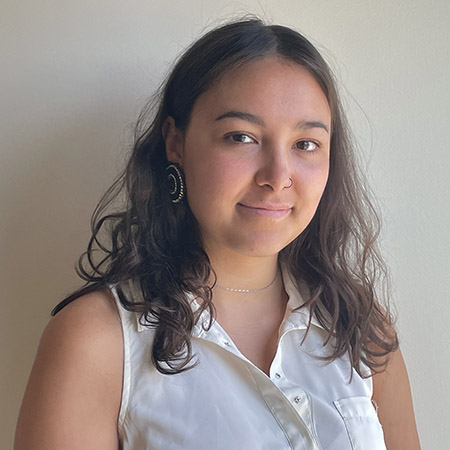
- Details
- By Neely Bardwell
The movie is an adaptation of the nonfiction book “Killers of the Flower Moon: The Osage Murders and the Birth of the FBI”by author David Grann and details the real-life events of 1920 when members of the Osage Nation of Osage County, Oklah. are murdered after oil is found on their land and the FBI investigation that followed. Grann’s book was a 2017 bestseller and helped expose dozens of the unexplained deaths on the Osage Nation. Now, the movie seeks to continue the conversation about the tragedies that occurred in 1920.
The movie has a 97-percent positive rating on the popular movie review website Rotten Tomatoes. Following the Canned premiere, the film received a nine-minute-long standing ovation. Lily Gladstone (Blackfeet and Nimíipuu), who plays Mollie Burkhart in the film, received the loudest applause during the ovation.
Academy Award winner Leonardo Dicaprio stars in the lead role of Ernest Burkhart, adding the role to the long list of award-winning movies he’s starred in. Alongside Decaprio and Gladstone, Robert De Niro also stars along with a large cast of Indigenous actors, including Tantoo Cardinal, JaNae Collins, and Jillian Dion.
Former Principal Chief of the Osage Nation, Jim Gray, posted to Twitter:
“How was the movie? It was excellent. Scorsese even captured some of our humor. The performances across the board were Oscar-worthy; I mean it. I’ve never seen a movie like this before. No White Savior, nothing needed to be made up. The violence is real, and the music of the Osage language is beautifully spoken by all of the actors, especially the non-Osage actors. At some point, I stopped worrying about the subtitles. But the ending. Oh man, you will not forget the ending. But you’re going to have to see the film for that. My lips are sealed.”
Osage News posted to Twitter:
“REVIEW: ‘Killers of the Flower Moon’ and the strength of Indigenous women. If you should see this film, remember that the Osage people are not relics, we are resilient, and we are Wahzhazhe Always.”
Written by The Guardian:
“Killers of the Flower Moon plays out as a muscular, pitch-black tragedy about how the West was really won, recasting Eden as a barren grassland where the only fruit is crude oil, and the blood on the ground plants the seeds for the future.”
IndieWirewrites:
“That this film survives the semi-tedious courtroom drama it becomes toward the end is a testament to Scorsese’s enduring genius for bad romance; no storyteller on Earth is better at blurring the fine line between love and exploitation, whether between two people or two peoples. It might be a bit reductive to think of Ernest and Mollie’s relationship as a metaphor for that between white America and the Osage Nation, but the anguish and confusion that Scorsese wrings from it is so powerful that it practically demands to be considered in such a broad historical context.”
The Vulture writes:
“For all its extravagant run time (three hours and 26 minutes!), its big-swing history lessons, and its tale of an Old West giving way to the regimentation of a modern police force, Killers of the Flower Moon turns out to be that simplest and slipperiest of things: the story of a marriage. And a twisted, tragic one at that.”
“Killers of the Flower Moon” comes to theaters nationwide on Oct. 20, 2023.
More Stories Like This
First Tribally Owned Gallery in Tulsa Debuts ‘Mvskokvlke: Road of Strength’Zuni Youth Enrichment Project and Partners at Ho’n A:wan Productions Launch 8th Annual Delapna:we Project
Chickasaw Holiday Art Market Returns to Sulphur on Dec. 6
Center for Native Futures Hosts Third Mound Summit on Contemporary Native Arts
Filmmakers Defend ‘You’re No Indian’ After Demand to Halt Screenings
Help us defend tribal sovereignty.
At Native News Online, our mission is rooted in telling the stories that strengthen sovereignty and uplift Indigenous voices — not just at year’s end, but every single day.
Because of your generosity last year, we were able to keep our reporters on the ground in tribal communities, at national gatherings and in the halls of Congress — covering the issues that matter most to Indian Country: sovereignty, culture, education, health and economic opportunity.
That support sustained us through a tough year in 2025. Now, as we look to the year ahead, we need your help right now to ensure warrior journalism remains strong — reporting that defends tribal sovereignty, amplifies Native truth, and holds power accountable.
 The stakes couldn't be higher. Your support keeps Native voices heard, Native stories told and Native sovereignty defended.
The stakes couldn't be higher. Your support keeps Native voices heard, Native stories told and Native sovereignty defended.
Stand with Warrior Journalism today.
Levi Rickert (Potawatomi), Editor & Publisher


